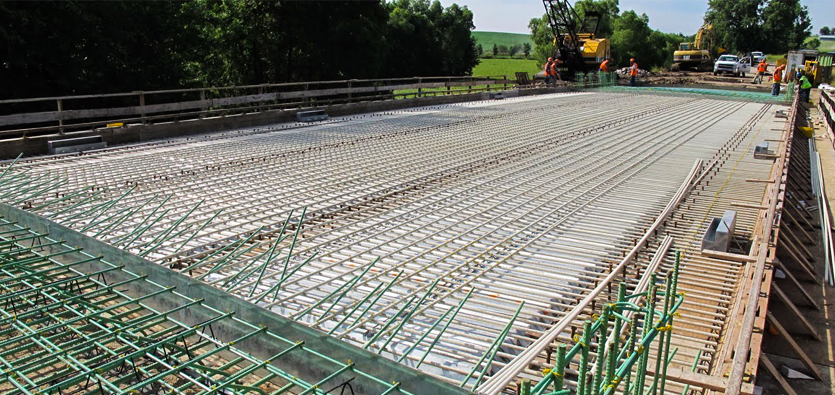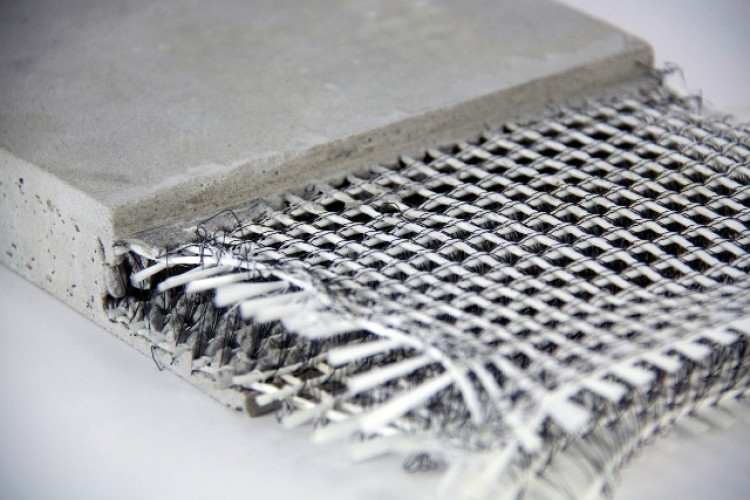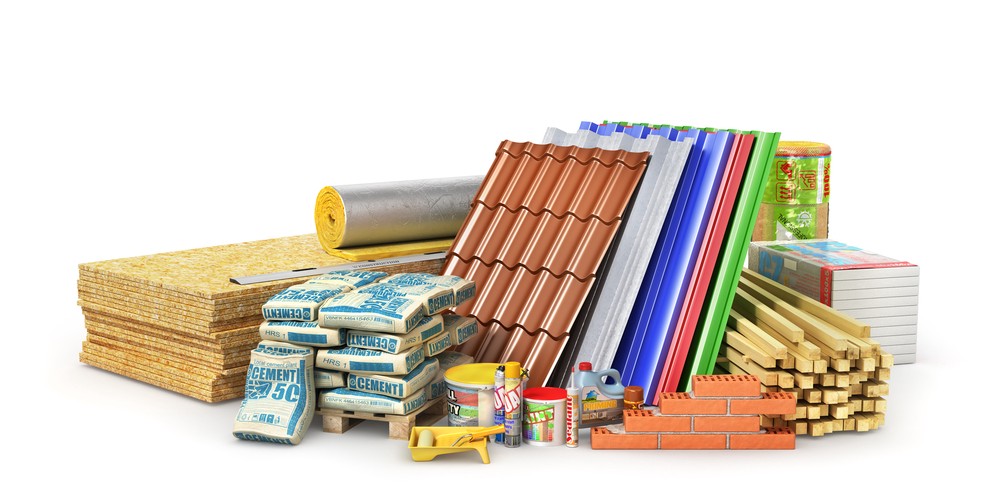The Benefits of Using Composites in Construction Materials
The Benefits of Using Composites in Construction Materials
Blog Article
Opening the Ecological Benefits of Recycled Composites in Building and Design
In the world of construction and layout, the usage of recycled composites holds substantial assurance for boosting sustainability techniques and minimizing ecological impact (composites). By incorporating these cutting-edge products, there is a possible to attend to crucial concerns such as waste minimization, power conservation, and a decline in carbon impact. The shift in the direction of a more lasting future in these industries depends upon opening the full possibility of recycled composites. This conversation will certainly discover the complex advantages and difficulties related to incorporating recycled compounds right into building and construction and design, providing a look right into the transformative opportunities that lie in advance.

Ecological Influence Reduction
The reduction of ecological impact via the use of recycled composites in building and design plays an important duty in lasting practices. By including recycled compounds right into building materials, the building industry can substantially lower its carbon impact and add to a much more environmentally friendly future. These lasting materials, made from repurposed plastics, wood fibers, or other recycled components, use a sensible option to traditional building and construction materials without jeopardizing on top quality or longevity.
Recycled compounds help divert waste from garbage dumps and lower the need for extracting resources, thus conserving natural deposits. Furthermore, the production process of these composites usually eats less power and gives off less greenhouse gases contrasted to generating virgin materials (composites). This change towards using recycled composites not just minimizes ecological damage but likewise advertises a circular economic climate by encouraging the reuse of materials that would certainly or else be discarded
Waste Minimization
With an emphasis on reducing waste in building and style, the integration of recycled compounds supplies a sustainable remedy to reduce environmental impact. Waste minimization is an essential element of lasting methods, and using recycled composites provides a possibility to accomplish this objective successfully. By making use of products that have currently served their first function, such as recycled plastics or reclaimed wood fibers, the building and construction and design sectors can significantly decrease the quantity of waste produced and sent out to landfills.
Recycled composites have the prospective to draw away considerable amounts of waste from typical disposal techniques, adding to a much more round economy where resources are utilized effectively. Additionally, the production procedure of recycled composites frequently eats less energy and produces fewer exhausts compared to virgin materials, further minimizing the environmental footprint of building and layout tasks.
Carrying out waste minimization techniques via the incorporation of recycled compounds not only aids in saving all-natural sources yet also promotes a more sustainable approach to structure and making for a greener future.
Power Conservation
Integrating recycled composites not only reduces waste in construction and design yet likewise plays a vital role in boosting power conservation techniques within the sector. Making use of recycled compounds in building and construction can dramatically add to energy conservation with various means. The production of virgin products normally requires considerable energy inputs, whereas utilizing recycled composites eats less energy, thereby lowering total power consumption. In addition, integrating recycled compounds can add to far better insulation residential or commercial properties in structures, lowering the requirement for too much home heating or cooling, and subsequently reducing power use for climate control. The light-weight nature of lots of recycled composites can lead to lighter structures, requiring much less power for transport and installment. By promoting making use of recycled compounds in building and design, the industry can make substantial strides in the direction of attaining power efficiency and lowering its carbon footprint, ultimately adding to a much more sustainable built setting.
Carbon Footprint Decrease
Enhancing sustainability techniques with the usage of recycled compounds in building and layout substantially decreases the carbon impact of the market. By incorporating recycled materials right into the manufacturing of composites, the need for virgin resources lowers, causing lower power intake and greenhouse gas emissions related to standard manufacturing processes. This reduction in carbon impact is vital in combating environment modification and promoting a more eco-friendly strategy to building and construction and layout.
Moreover, using recycled composites likewise assists in diverting waste from land fills, thus minimizing the ecological influence of disposal and promoting top article a circular economic situation. The carbon impact reduction accomplished through the fostering of recycled composites aligns a knockout post with the international push in the direction of lasting methods and the decrease of industrial discharges. It showcases a commitment to liable source administration and a change in the direction of greener alternatives in the construction and design fields. Eventually, by prioritizing the integration of recycled compounds, the sector can make substantial strides in reducing its carbon impact and adding to a more sustainable future.
Lasting Future
The combination of recycled compounds in building and design not just addresses immediate ecological issues yet likewise lays a strong structure for a sustainable future in the sector. By integrating recycled compounds into structure materials and items, the construction and style industries can considerably lower their reliance on virgin sources, resulting in an extra circular economic climate. This change towards sustainability is crucial for minimizing the environmental influence of typical building techniques, which frequently lead to high degrees of waste generation and resource depletion.

Conclusion
To conclude, recycled composites provide significant environmental benefits in construction and design by decreasing environmental impact, reducing waste, conserving power, lowering carbon impact, and promoting a sustainable future. Accepting the use of recycled compounds can add to a much more environmentally-friendly method to building and layout, inevitably bring about a much more sustainable and greener future for all.
The decrease of ecological effect through the usage of recycled compounds in building and construction and style plays a critical duty in sustainable practices.With an emphasis on lessening waste in building and layout, the combination of recycled composites supplies a lasting solution to lower ecological impact. By promoting the use of recycled composites in building and style, the market can make substantial strides towards achieving energy effectiveness and reducing its carbon impact, inevitably contributing to an extra lasting developed environment.

Report this page